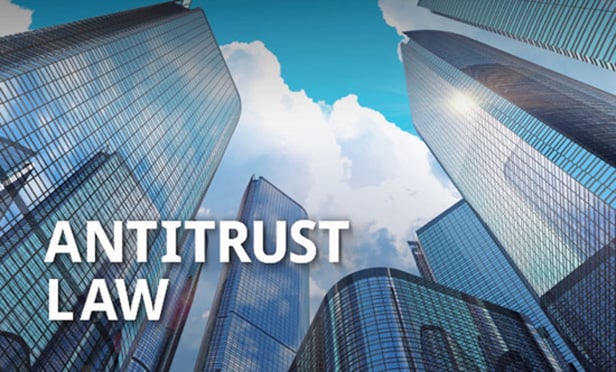Features

Antitrust Corporate Dispositions
This article provides critical background on DOJ policy and practice, and highlights some of the steps corporate counsel — as well as "spin-off" counsel for individual employees — can take during leniency or plea negotiations to secure non-prosecution protection for the company's employees as part of any antitrust corporate disposition.
Features

A Broadening Consensus to Narrow Asset Forfeiture
It's important to keep informed of the trends in the realm of asset forfeiture, especially now that the current federal administration has announced its intention seek more asset forfeitures going forward. Here's why.
Features

Reflections on <b><I>Kokesh v. SEC</I></b>
<b><I>Potential Ramifications of SEC Disgorgement Being a Penalty</b></i><p><b><i>Part Two of a Two-Part Article</I></b><p>The <I>Kokesh</I> decision raises potential consequences that move beyond the realm of SEC enforcement. They are discussed in depth in this article.
Features

The Trump Administration and Compliance
<b><I>What Can We Tell So Far?</I></b><p>How can companies plan for enforcement under the Trump administration? Here are five areas of compliance to consider.
Features

The Alien Tort Statute
The U.S. Supreme Court will soon decide the long-awaited issue of whether corporations can be liable under the Alien Tort Statute (ATS), enacted by the First Congress more than 225 years ago.
Columns & Departments
In the Courts
A look at a case in which the first trader charged and convicted under Dodd-Frank's anti-"spoofing" provision lost his appeal at the U.S. Court of Appeals for the Seventh Circuit.
Business Crimes Hotline
Analysis of a case in which a German national admitted to taking part in a 2001 to 2004 scheme to pay roughly $3 million in bribes to Haitian officials in return for favorable treatment from Teleco, a state-owned telecommunications company.
Features

A Broadening Consensus to Narrow Asset Forfeiture
The Supreme Court as a whole appears aligned and motivated to review critically federal and state asset forfeiture procedures. In addition, Attorney General Sessions last month restored the federal forfeiture of property seized by state and local law enforcement ("federal adoptions"), but with certain additional safeguards.
Columns & Departments
In the Courts
A look at a recent case in which the United States Supreme Court ruled to narrow the scope of criminal asset forfeiture.
Need Help?
- Prefer an IP authenticated environment? Request a transition or call 800-756-8993.
- Need other assistance? email Customer Service or call 1-877-256-2472.
MOST POPULAR STORIES
- Use of Deferred Prosecution Agreements In White Collar InvestigationsThis article discusses the practical and policy reasons for the use of DPAs and NPAs in white-collar criminal investigations, and considers the NDAA's new reporting provision and its relationship with other efforts to enhance transparency in DOJ decision-making.Read More ›
- The DOJ's New Parameters for Evaluating Corporate Compliance ProgramsThe parameters set forth in the DOJ's memorandum have implications not only for the government's evaluation of compliance programs in the context of criminal charging decisions, but also for how defense counsel structure their conference-room advocacy seeking declinations or lesser sanctions in both criminal and civil investigations.Read More ›
- The DOJ's Corporate Enforcement Policy: One Year LaterThe DOJ's Criminal Division issued three declinations since the issuance of the revised CEP a year ago. Review of these cases gives insight into DOJ's implementation of the new policy in practice.Read More ›
- Don't Sleep On Prohibitions on the Assignability of LeasesAttorneys advising commercial tenants on commercial lease documents should not sleep on prohibitions or other limitations on their client's rights to assign or transfer their interests in the leasehold estate. Assignment and transfer provisions are just as important as the base rent or any default clauses, especially in the era where tenants are searching for increased flexibility to maneuver in the hybrid working environment where the future of in-person use of real estate remains unclear.Read More ›
- Developments in Distressed LendingRecently, in two separate cases, secured lenders have received, as part of their adequate protection package, the right to obtain principal paydowns during a bankruptcy case.Read More ›
